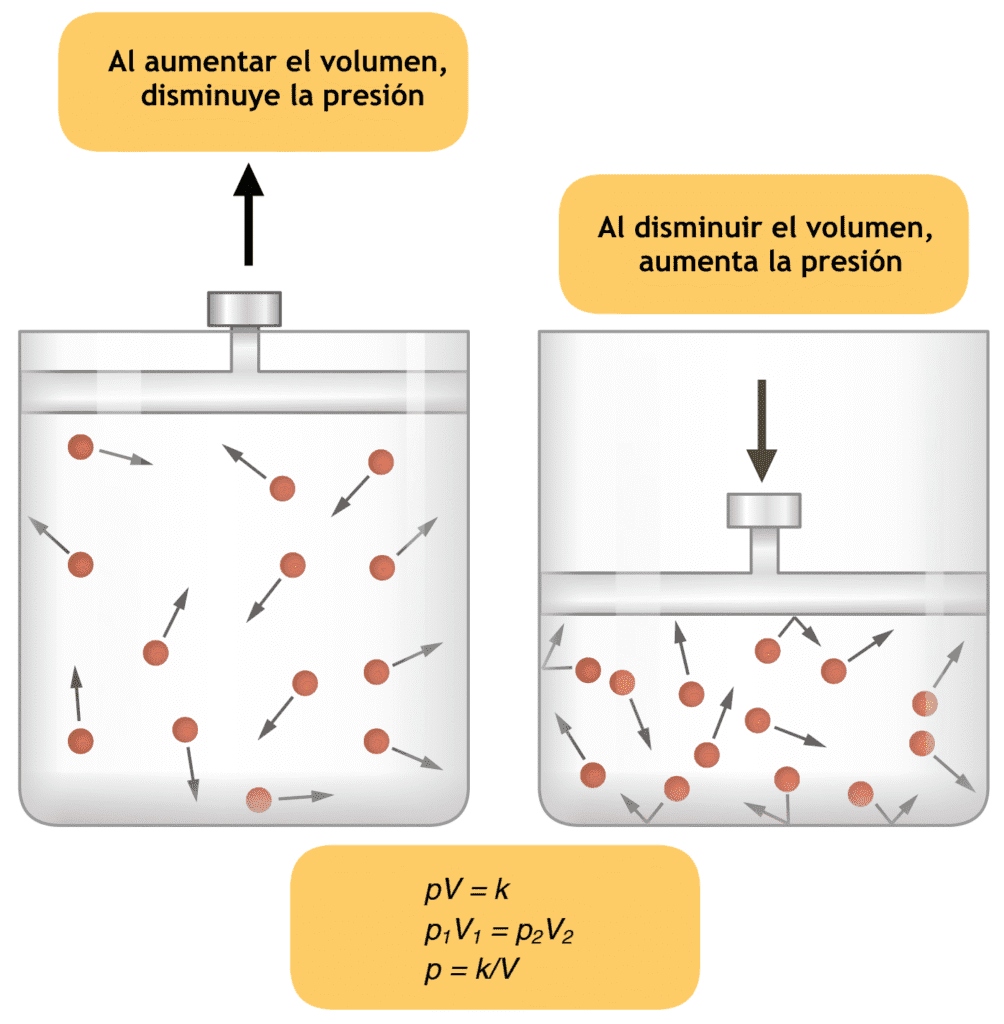The purpose of preoxygenation of a patient before induction of general anesthesia and paralysis is to provide a maximum time that the patient can tolerate apnea.
Normal oxygen consumption in a healthy adult is about 250 ml / min desaturations oxygen can occur as quickly as 30-60 seconds in a healthy adult with the FRC oxygen 21% after induction of anesthesia and subsequent apnea, despite normal initial oxygen saturation.
The maximum preoxygenation is achieved when the alveolar, arterial, venous and tissue compartments are filled with oxygen. Patients whose oxygen extraction increased (eg, hyperthermia, acidosis, hypercapnia), or oxygen loading is reduced (eg, reduced functional residual capacity, hemoglobin concentration, alveolar ventilation, cardiac output) desaturate faster during apnea when compared to a healthy patient and therefore the maximum preoxygenation.
Several factors may require preoxygenating a person. When mask ventilation is not possible, including the difficulty of maintaining the airway with a full stomach, where the pressure of the upper abdomen can cause indigestion, expected difficult airway requiring increased time apnea, morbid obesity, where high pressures required for ventilation of the lungs and pregnancy, when increased abdominal pressure can also cause indigestion.
How to do Preoxygenation
Functional residual capacity (FRC) is the volume remains in the lungs after breathing normal tidal volume breathing. FRC is approximately 2500 ml in a healthy adult and less like a patient transferred from a standing to a lying position.
FRC is further reduced by 15% to 20% after induction of anesthesia. During preoxygenation, the patients inspired 100% oxygen through a face mask for the import substitution of nitrogen with oxygen in the FRC of the patient.
Denitrogenation during spontaneous breathing is 95% within 3 minutes with a patient is a normal tidal volume breathing 100% oxygen. This increases the safety margin of 4 to 6 times during periods of apnea after induction of anesthesia.
Preoxygenation a maximum of eight deep breaths over 60 seconds results in blood oxygenation is not different from that of quiet breathing volume for 3 minutes. This technique increases minute ventilation above
FRC and minimizes rebreathing nitrogen adjusted outgrowth FRC, taking eight deep breaths to open collapsed airways, increasing the FRC oxygen store. Four maximum breathing for 30 seconds, it also increases blood oxygenation, but the time reduced hemoglobin desaturation compared with patients breathing normal tidal volume for 3 minutes or take a maximum of eight breaths over 60 seconds.
Avoidable reasons can not achieve optimal preoxygenation including a leak under the mask, which inspiratory trapped air space, and insufficient time preoxygenation. The avoidance of leaks between the mask and the face is an important factor that can not be compensated by increasing the duration of preoxygenation.


thanks